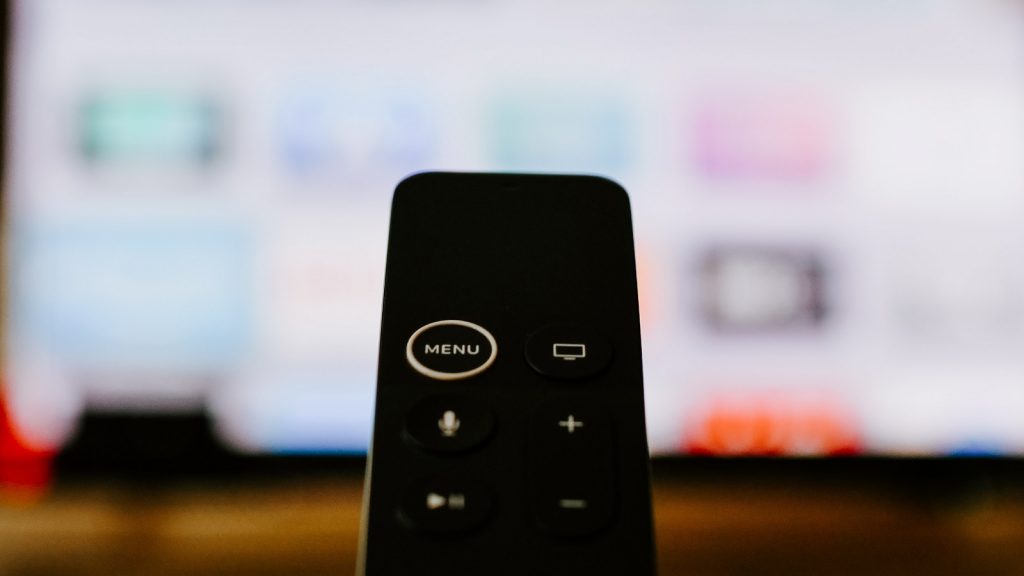South Africa’s creators, coders and founders are under pressure to do more with less. Whether you’re running a meme page from Mitchells Plain, debugging…
Tech60 seconds: Connecting cultures, how tech amplifies cultural heritage

While technology has the potential to amplify culture in positive ways, it also raises challenges, including issues of cultural appropriation, misinformation, and digital divides.
It’s essential to use technology responsibly and ethically to ensure cultural amplification benefits alongside a solid respect for diverse cultures and communities.
Technology has had a profound impact on how culture is curated, shared, and amplified in today’s interconnected world.
The culture and Amapiano link
We look at the manner in which the global musical landscape has witnessed a transformative cultural exchange, thanks to the rise of the country’s uniquely South African sound, Amapiano.
We also unpack how a global audience now pays attention to South Africa, thanks to a blend of various musical elements which include house music, jazz, kwaito, and other African influences all in the form of Amapiano.
Two of the most obvious ways that technology has helped amplify South African culture which includes Amapiano’s global profile is through social media and streaming platforms according to Vanashreee Govender, media and communications manager at Huawei South Africa.
Streaming platforms allowed artists around the world, including those within the broader Amapiano genre, to build profiles for themselves and connect with artists around the world.
As Billboard notes, the first Amapiano songs (frequently recorded in home studios using free software) were spread through instant messaging and social media.
Streaming and today’s answer
Streaming platforms, meanwhile, allowed artists to upload their music for a global audience and generate income without the backing of a major label. A good example of how Amapiano artists have leveraged technology this way came during the COVID-19 pandemic lockdowns. With clubs closed, DJs started putting out Amapiano sets on video streaming platforms, further amplifying the genre’s global presence. This technology-first approach has worked too. According to Spotify, streams of Amapiano songs outside of sub-Saharan Africa have grown 563% in the past two years alone, according to Govender.
That kind of growth would, however, have been much more difficult if South Africa hadn’t seen a significant rise in internet connectivity coupled with increased affordability.
The data
World Bank data shows that 72% of South Africans now have access to the internet, compared with just 24% in 2010. In the same period, mobile data prices plummeted (and continue to fall).
High-speed fixed-line broadband costs have also fallen, with more and more township users now able to access uncapped fibre.
As a result, previously marginalized people are able to access global communities and share their cultural heritages with those communities.
As connective technologies continue to evolve, Govender says the ability to facilitate digital cultural exchanges will only grow and that falls part of Huawei’s vision and investment strategy to invest in state-of-the-art connectivity in the country.
She adds: “The growth of 5G is particularly relevant on this front. With its high speeds and low latencies, 5G has the potential to transform the way South Africans use the internet. While there’s still significant room for growth in 5G penetration, it’s on an accelerated growth trajectory. Once it becomes truly widespread, there is no doubt that artists, producers, and other cultural practitioners will use the technologies it enables in new and innovative ways.
“Imagine the cumulative difference that could come from a broad range of cultural stakeholders leveraging connectivity to its full potential. Imagine how these innovations could deepen our connection with cultural diversity.”
These are some of the pivotal questions posed by Govender who notes how South Africa’s Heritage Day comes as South African talent reshapes the global music scene in cultural fashion.
Several other ways in which technology has amplified culture include how technology has made it easier for individuals and communities to create and share cultural content.
Content Creation and Sharing
Technology has made it easier for individuals and communities to create and share cultural content. Anyone with a smartphone can capture and share photos, videos, and stories that reflect their culture, traditions, and daily life.
Social Media
Platforms like Facebook, Instagram, Twitter, and TikTok provide a space for individuals and groups to express their cultural identities and connect with like-minded people. Hashtags and trends can quickly amplify cultural moments and conversations.
Online Communities
Online forums, groups, and communities dedicated to specific cultural interests or identities have emerged. These spaces allow people to discuss, celebrate, and preserve their cultural heritage and traditions.
Digital Art and Media
Technology has enabled the creation of digital art, music, literature, and films that can reach a global audience. Digital platforms provide a means for artists to share their work and gain recognition worldwide.
Language Preservation
Technology can help preserve endangered languages by providing resources for language learning and documentation. Apps, websites, and online courses make it easier for people to learn and use their native languages.
Also read: iOS17 challenges, battery drainage and others, what to expect
Featured image: Unsplash/Kelly Sikkema

